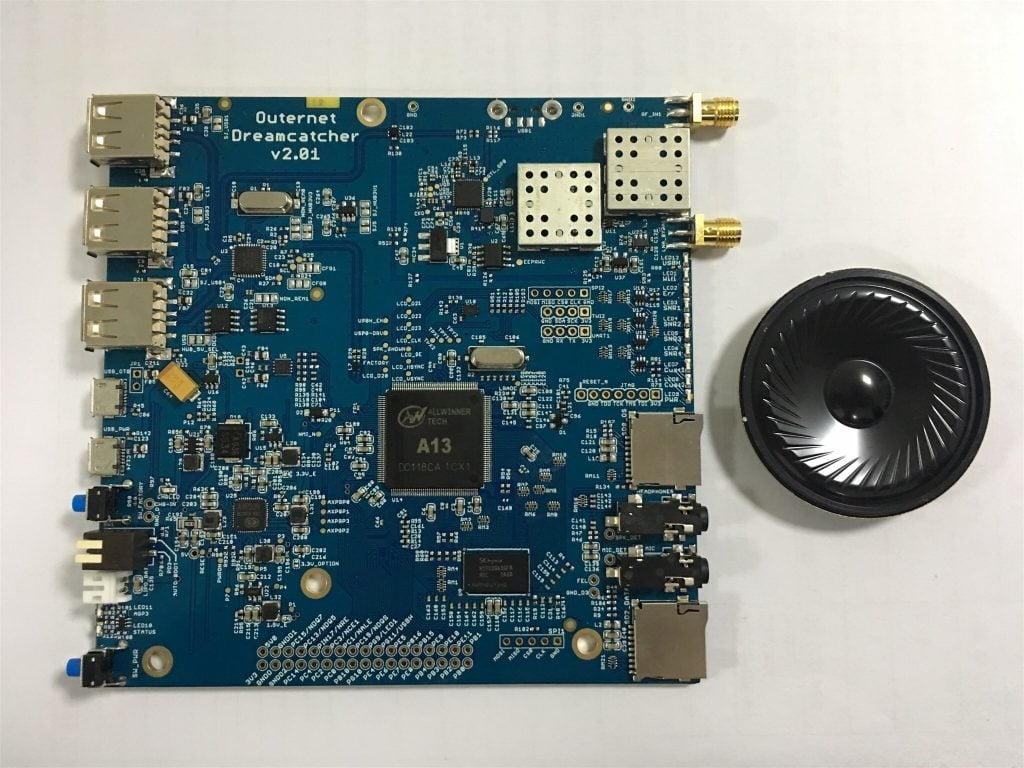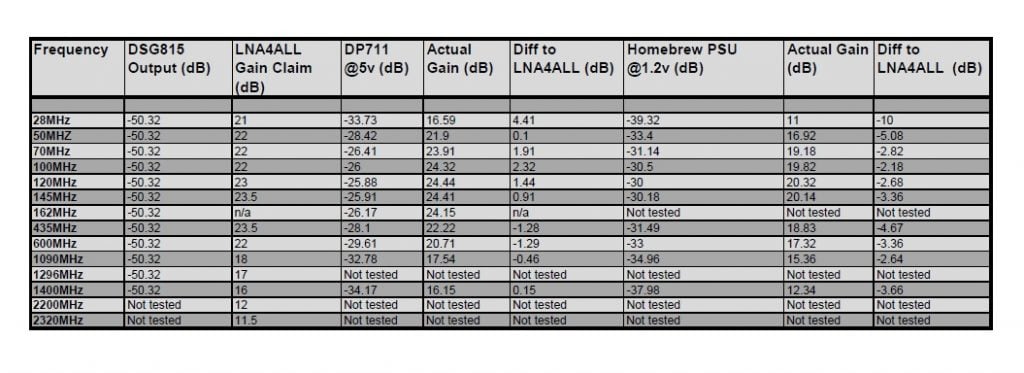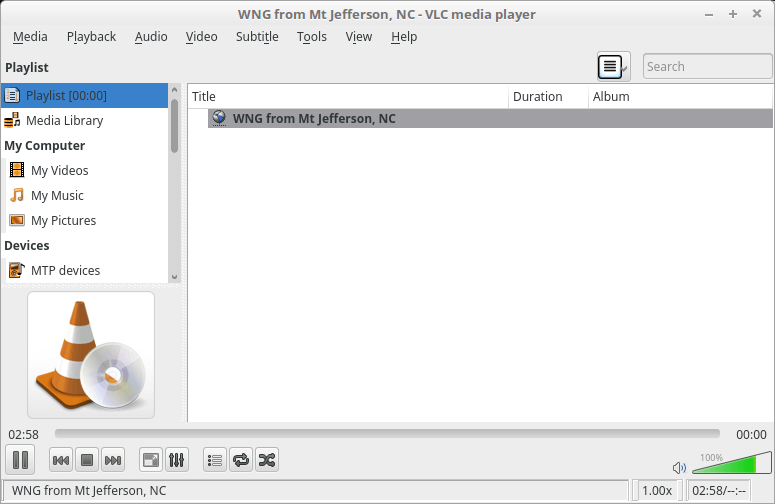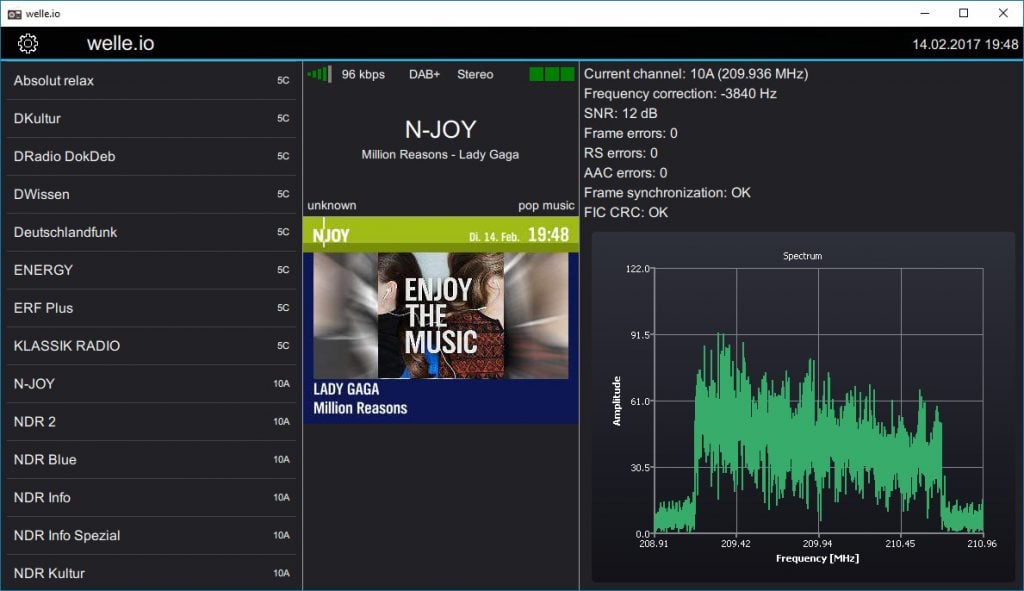Some Tests on our BCAM and BCFM Filters
Over on YouTube user ElPaso TubeAmps has uploaded a video showing his tests on our broadcast AM (BCAM) high pass and broadcast FM (BCFM) band stop filters. These two filters are designed to block broadcast radio signals which in some locations can be extremely strong. If they are very strong then they can overload your SDR which causes very poor performance, even on other frequencies.
Some possible solutions for reducing overloading include:
- Attenuation – reduce all the strength of ALL signals coming in.
- Increase SDR dynamic range – purchase a higher end SDR with more ADC bits as these can handle strong and weak signals coming in together much better.
- Filtering – reduce the signal strength on the problematic frequencies that are causing overload, or only allow your frequency of interest to pass.
- Antenna tuning – use a narrowband, directional and/or differently polarized antenna which reduces the unwanted signal’s strength.
In the video he uses his signal generator and a spectrum analyzer to analyze the output of the filters. His results closely match our VNA results which are posted on the BCFM and BCAM filter product release posts.




